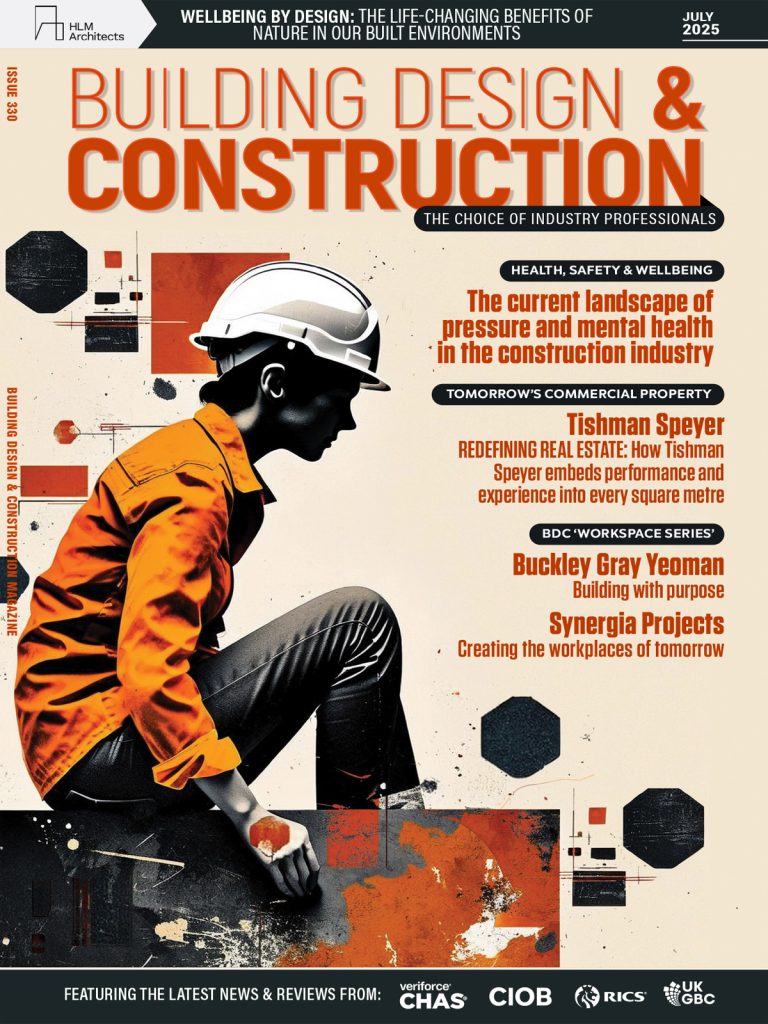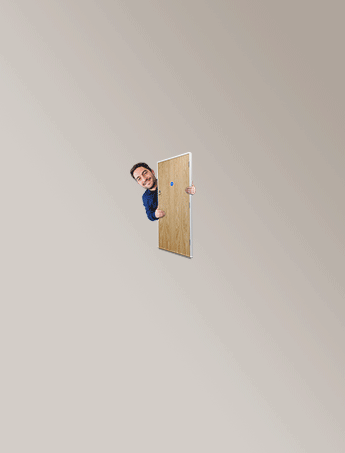The challenge of creating functional walk-in storage solutions within limited bedroom dimensions represents one of the most common design puzzles facing today’s homeowners and interior designers. As urban living spaces continue shrinking and property prices rise, the ability to maximize every square inch becomes increasingly valuable. Modern walk-in solutions for compact bedrooms demonstrate how thoughtful design transforms spatial constraints into opportunities for both functionality and aesthetic appeal.
Understanding Spatial Psychology in Small Bedrooms
The perception of space extends far beyond actual square footage—it lives in the careful manipulation of visual elements, proportions, and functional zoning. Have you ever noticed how some small bedrooms feel surprisingly spacious while larger rooms can sometimes feel cramped? This perceptual phenomenon stems from how our brains process spatial information and organization.
In my experience, successful small-space walk-in solutions begin with a fundamental shift in thinking: viewing the bedroom and closet as integrated elements rather than competing spaces. This integrated approach allows for more fluid boundaries and multifunctional zones that serve both storage and living needs simultaneously.
According to the Small Space Living Report published by the National Association of Home Builders in 2024, “Homeowners with bedrooms under 200 square feet who implemented integrated storage solutions reported 62% higher satisfaction with their overall living environment compared to those using traditional closet configurations.” This statistic highlights the significant impact thoughtful storage design has on quality of life in compact spaces.
Strategic Positioning: Beyond the Traditional Closet Location
The most innovative small-space walk-in solutions frequently challenge conventional placement assumptions. Traditional closet positioning—typically relegated to the least desirable corner of the bedroom—often results in inefficient use of available space and creates awkward room proportions.
Case studies show that repositioning walk-in storage along the wall behind the bed or creating storage zones that frame the sleeping area can dramatically improve both storage capacity and spatial flow. These approaches transform storage from a separate entity into an architectural feature that enhances the room’s overall design cohesion.
OPPEIN, known for their space-optimizing storage systems, demonstrates this principle through their “Surround Suite” concept. This approach integrates storage elements around and above the bed, creating a cohesive sleeping and storage environment that maximizes vertical space while maintaining an open feeling in the room’s central area.
Translucent Boundaries: The New Dividers
Traditional solid walls between bedroom and closet spaces create visual barriers that make both areas feel smaller. Modern approaches employ translucent or semi-transparent dividers that maintain functional separation while allowing light transmission and visual continuity.
Frosted glass panels, slatted wood screens, or partial-height dividers create psychological boundaries without blocking light or sightlines. These elements define the walk-in area as a distinct zone while preserving the perception of spaciousness throughout the entire bedroom.
According to Interior Design Magazine’s 2023 Small Space Solutions survey, “Bedrooms utilizing transparent or semi-transparent closet dividers measured an average of 30% smaller than those with traditional solid walls, yet were consistently rated as feeling more spacious by occupants.” This finding confirms how significantly our perception of space can be influenced by thoughtful boundary design.
Vertical Thinking: The Untapped Dimension
Maximizing vertical space represents perhaps the most valuable strategy for creating effective walk-in solutions in compact bedrooms. Traditional closet designs often fail to utilize the full height potential, leaving valuable storage opportunities unexploited.
The most successful small-space walk-ins extend storage to the ceiling, incorporating specialized access solutions like pull-down rods, retractable steps, or slim rolling ladders that make upper zones accessible without consuming floor space. These vertical systems can double storage capacity within the same footprint while creating visual interest through the dramatic use of height.
In my experience, clients initially express concern about accessing items stored at height but quickly adapt to using these zones for seasonal or less-frequently used items. The psychological benefit of having dedicated storage for all possessions—even if some require occasional effort to access—far outweighs the minor inconvenience of reaching higher shelves.
Multifunctional Elements: Beyond Single-Purpose Storage
Space constraints demand solutions that serve multiple purposes simultaneously. Modern walk-in designs for small bedrooms increasingly incorporate elements that transition between storage, display, and functional living needs.
Rotating or sliding panels can conceal storage when not in use while revealing mirrors, display areas, or work surfaces when needed. Islands that serve as both drawer storage and dressing tables maximize functionality without requiring additional floor space. These multifunctional elements eliminate the need for separate furniture pieces, reducing visual clutter while enhancing practical utility.
A well-conceived bedroom design with wardrobe integration should seamlessly transition between different functions throughout the day—from private dressing area to restful sleeping space to practical work environment as needed. This flexibility maximizes the utility of limited square footage while accommodating diverse lifestyle needs.
The Illusion of Depth: Mirror and Light Strategies
Strategic use of mirrors and lighting dramatically enhances the perceived dimensions of compact walk-in solutions. Beyond their practical function for dressing, mirrors create visual expansion that makes tight spaces feel more generous and open.
Positioning mirrors to reflect light sources—particularly natural light from windows—amplifies brightness throughout both the storage and bedroom areas. This light amplification dissolves visual boundaries and creates a more expansive spatial experience.
Layered lighting within storage zones eliminates shadows that can make small spaces feel cramped and dark. The combination of ambient overhead illumination, focused task lighting, and accent lights highlighting specific storage features creates depth perception that expands spatial awareness.
Customization: The Essential Ingredient
Generic storage solutions invariably waste space in small bedrooms. The most successful walk-in systems for compact spaces employ modular customization that precisely fits available dimensions while accommodating specific wardrobe needs.
Case studies show that custom solutions typically achieve 30-40% greater storage capacity than standard configurations within identical footprints. This efficiency gain comes from eliminating wasted space, optimizing for specific storage requirements, and designing around architectural features that might otherwise create unusable corners or awkward transitions.
OPPEIN’s modular closet systems exemplify this customization approach, with components designed to maximize every available inch. Their space planning technology enables precise fitting to room dimensions, creating storage solutions that feel built-in rather than added-on—a crucial distinction in small-space design.
Simplified Visual Aesthetic: Reducing Mental Clutter
Visual simplicity significantly impacts how we perceive space dimensions. Even the most efficiently organized walk-in area can feel cramped if visually cluttered with multiple finishes, hardware styles, or competing design elements.
The most successful small-space walk-ins employ consistent finishes, integrated handles (or handleless designs), and cohesive material palettes that create visual continuity. This design restraint allows the eye to travel smoothly through the space without visual interruptions that can make dimensions feel constrained.
Have you noticed how luxury hotel rooms often feel more spacious than similarly sized residential bedrooms? This perception frequently stems from their simplified material palettes and restrained design approach—principles that translate effectively to small-space walk-in solutions in residential settings.
Conclusion: The Future of Small-Space Walk-Ins
As urban living spaces continue evolving toward more compact dimensions, the integration of sophisticated walk-in solutions within small bedrooms will become increasingly essential. The most successful approaches will continue balancing practical storage needs with psychological comfort—creating spaces that feel generous and organized despite limited square footage.
The evolution of materials, hardware, and modular systems promises even more efficient solutions for tomorrow’s compact bedrooms. From automated storage systems that maximize accessibility to innovative materials that reduce required clearances, technological advances continue expanding the possibilities for small-space walk-in design.
The art of maximizing small spaces through walk-in solutions ultimately transforms one of the most common design challenges into an opportunity for creativity and personalization. When thoughtfully executed, these systems not only organize possessions but enhance quality of life—proving that spatial constraints often inspire the most innovative and satisfying design solutions.





